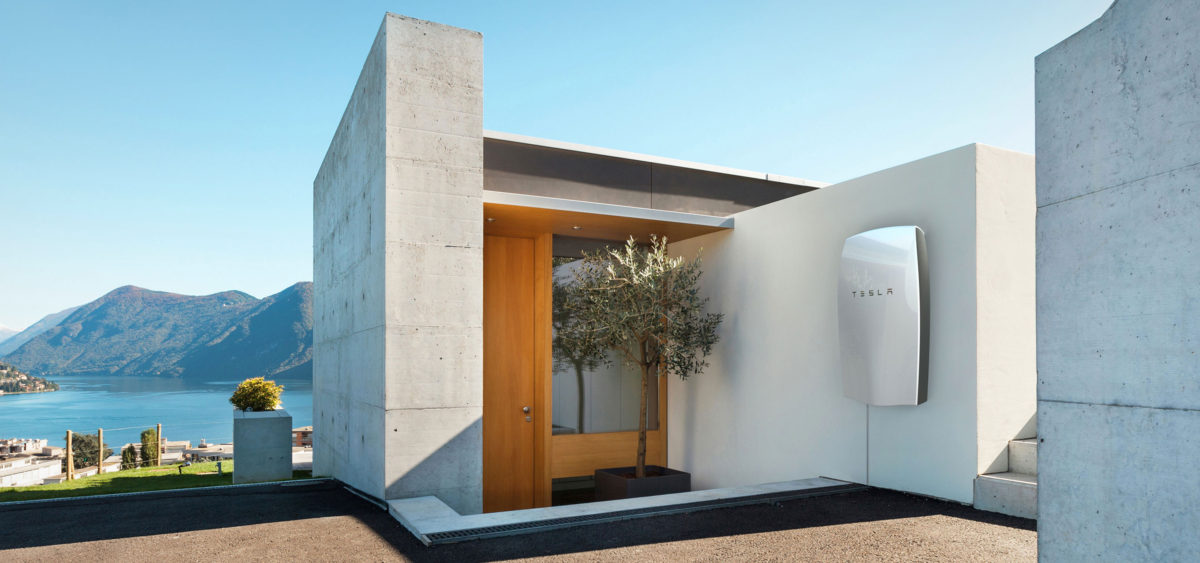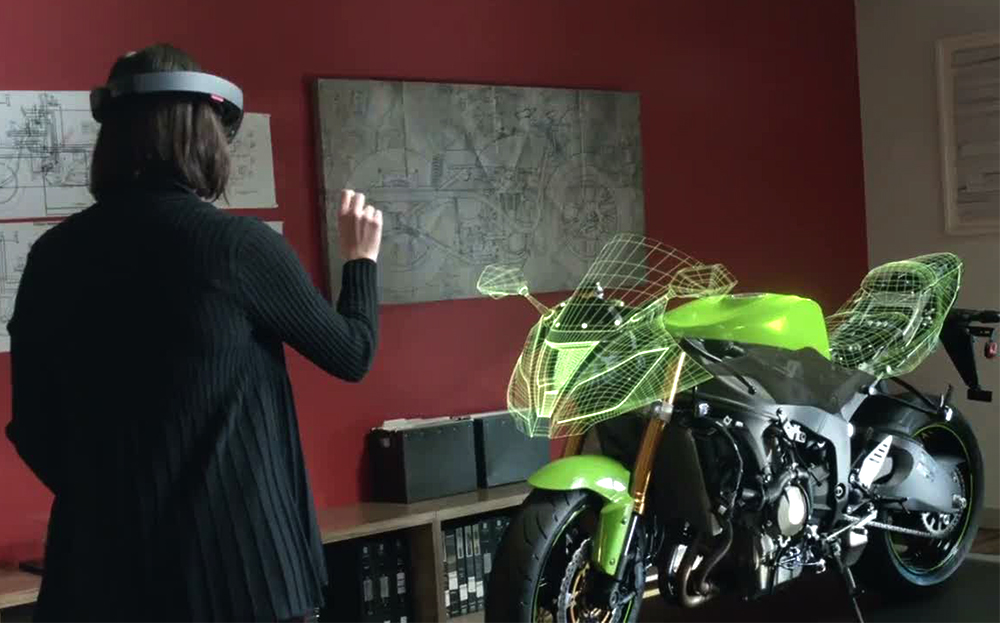For every household it is a big expense, the electricity bill. It doesn’t matter if you are a mother of three kids, a 70+ addicted to reality shows or a recently graduated IT student, paying the electricity bill is a pain in the ass. So the idea of going off-grid (generating all your energy yourself without help of the utility net) appeals to everyone. Unfortunately, the investment you’d have to make to get completely rid of your electricity bill is quite a considerable one.
Introducing Tesla’s Powerwall, the first attempt of a company to create a consumer-solution for the storage of green energy. We all know Tesla as car manufacturer from their famous Model S. But the idea behind the car can be easily applied to other contexts as well. By developing the Powerwall, Tesla aims to free consumers from their dependence on the utility net.
So what does the Powerwall do? The Powerwall stores electric energy generated by solar panels. Generally, most households are the most active during the morning and the evening. At the time the sun is out, most people are either at school/university or working, so the solar panel generated energy is lost. And when they come back and want to put their dishes in the dishwasher or wash their clothes, there is no green energy. With the Powerwall, this problem is solved, as it will store the energy during the day so you can enjoy it at night.
However, though Tesla is seriously attempting to lower it, the threshold for investing in your own green energy system is still a big one. With a price range of €5000-€40000, residential solar systems are definitely not accessible yet. And depending on the area you live in, having solar panels will not guarantee that you get to even half your electricity bill (e.g. the Netherlands only has an average of 4.5 sun-hours a day).
Taking all this in consideration, is going off-grid really in our future? Will solar panels become accessible for every household? Is Tesla’s effort worth it?
Sources:
https://www.tesla.com/powerwall
http://www.homepower.com/articles/solar-electricity/design-installation/so-you-want-go-grid
http://energyinformative.org/solar-panels-cost/
https://www.currentresults.com/Weather/Netherlands/sunshine-annual-average.php


